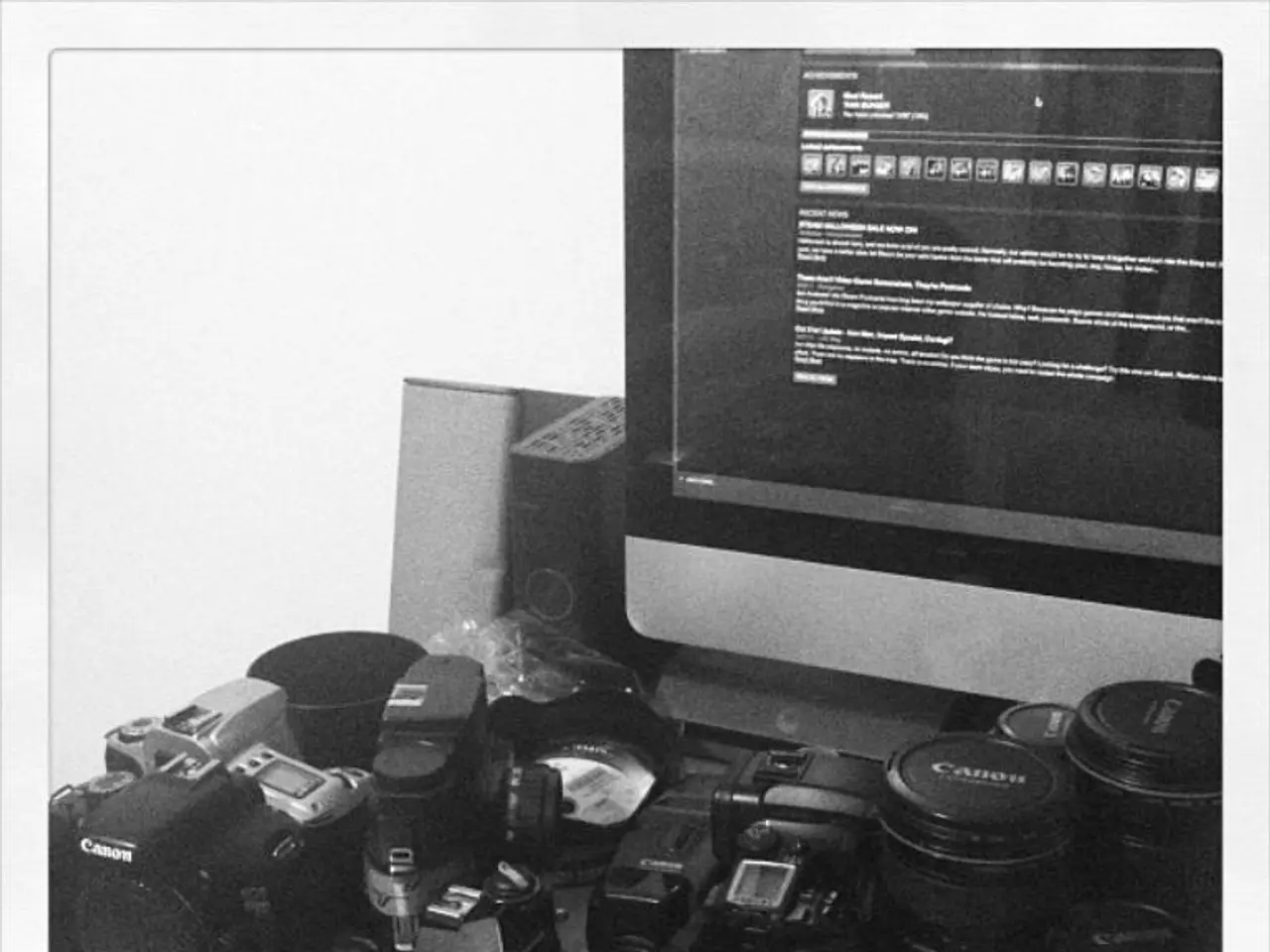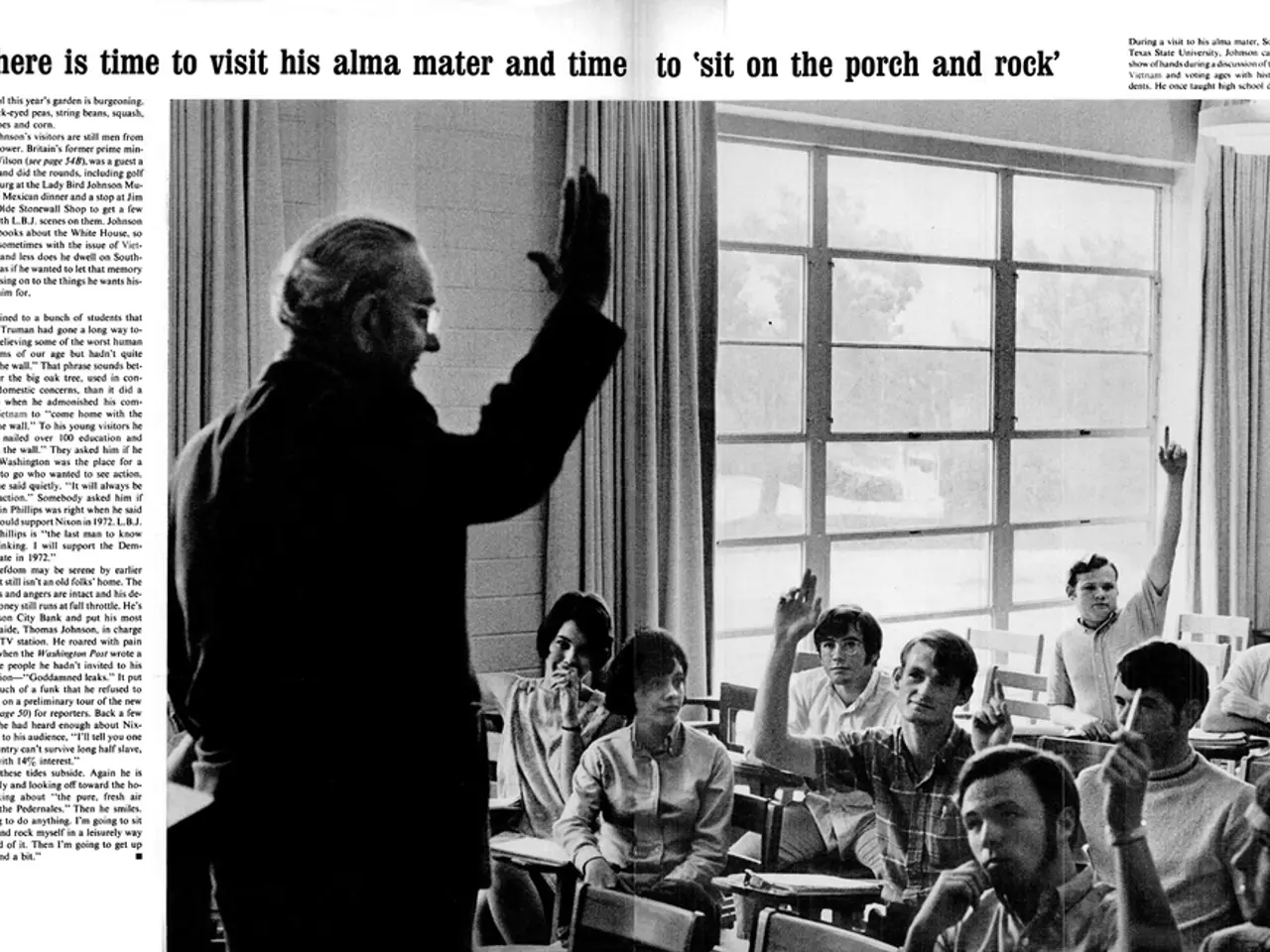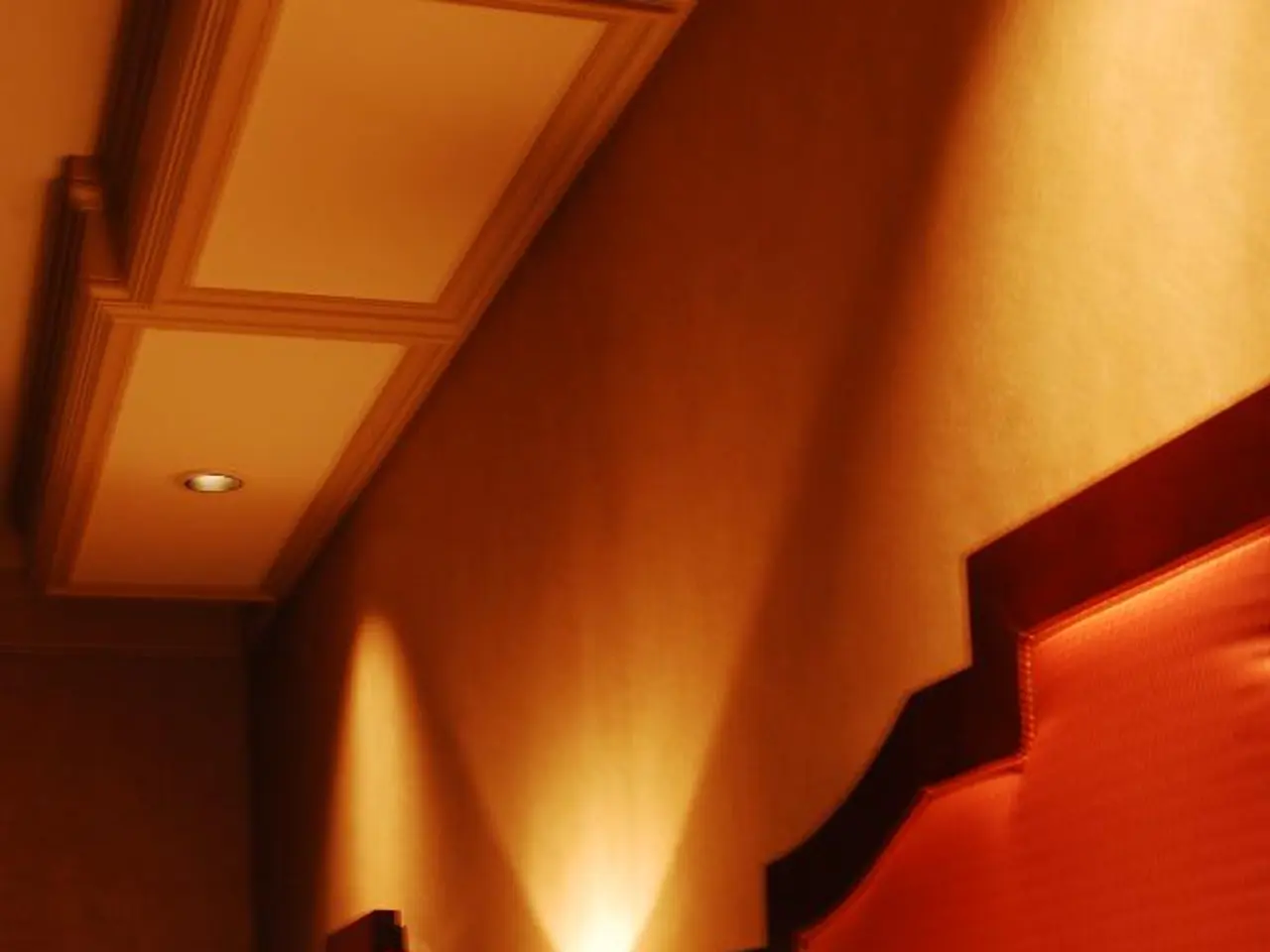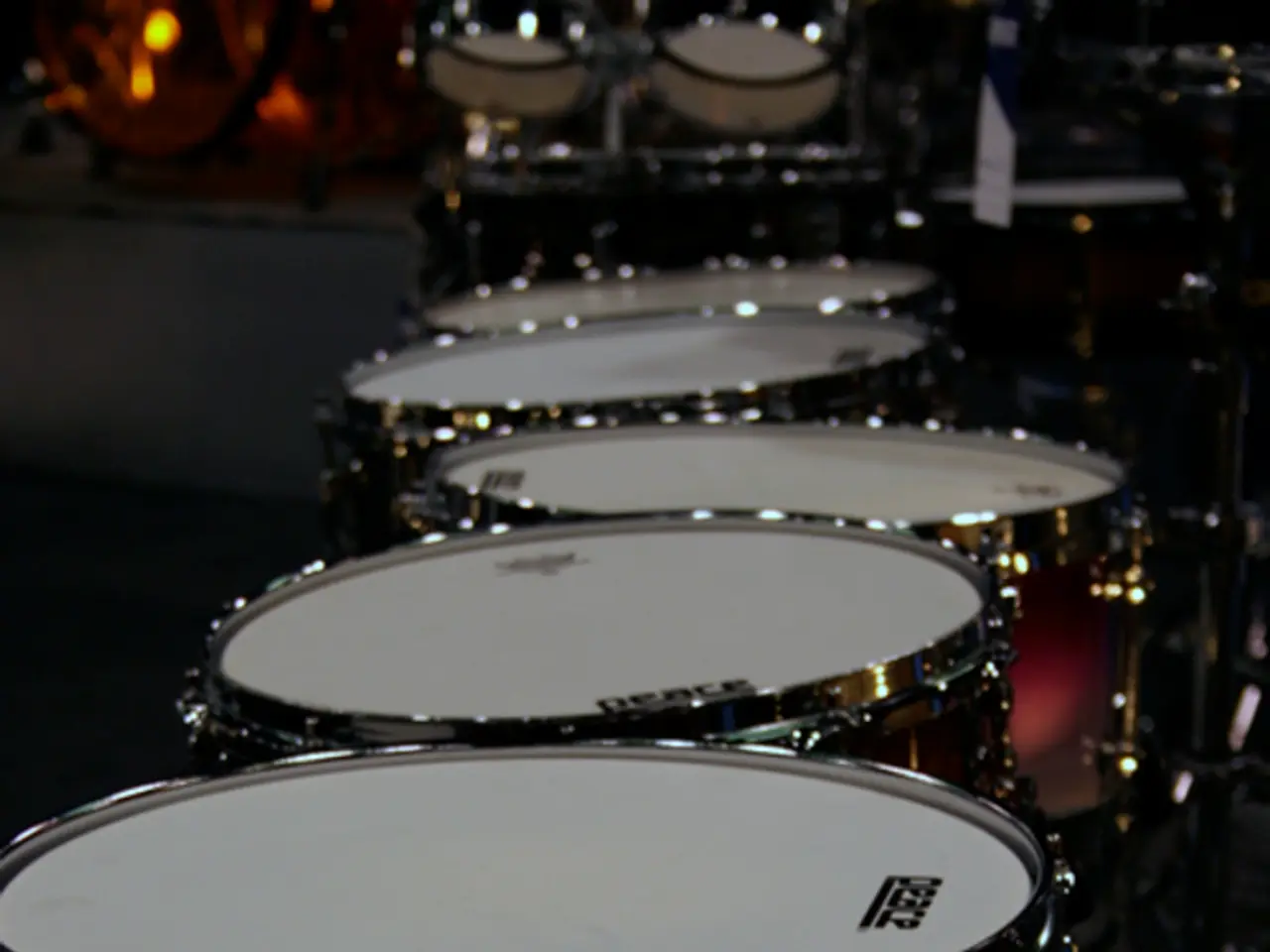Healthcare's Transformative Leap: Telesitting Advancements
The healthcare sector is witnessing a significant transformation with the evolution of telesitting technology, an innovative approach that combines remote monitoring with artificial intelligence (AI). This technology is moving beyond its traditional role and is now being applied in various use cases across the system.
Current advancements are focusing on integrating AI and developing autonomous patient monitoring systems to enhance patient safety and improve care efficiency. Key trends and features include AI-driven patient monitoring, integration with electronic medical records (EMRs) and tele-ICU platforms, centralized virtual command centres, and sophisticated AI features and technologies.
AI technologies are being incorporated to enable real-time analysis of patient behaviour and condition through audiovisual data captured by remote sitter camera systems. These AI tools can identify potential safety risks, such as patient agitation or fall risk behaviours, and proactively alert healthcare teams for timely intervention. This reduces the reliance on continuous human observation and helps optimize resource allocation within clinical settings.
Modern telesitting systems are integrating AI with EMR and tele-ICU platforms to leverage comprehensive patient data combined with live monitoring. This fusion supports timely decision-making, personalized care, and enhances predictive analytics capabilities to foresee and mitigate patient safety events.
Some healthcare providers have adopted centralized virtual nursing centres that use AI-augmented telesitting to provide remote observational support. These command centres coordinate virtual sitters, AI alerts, and clinical personnel to improve patient surveillance quality and response times, especially in high-risk areas like ICUs and psychiatric units.
Sophisticated AI features and technologies include the use of machine learning models and Large Language Models (LLMs) for real-time patient communication, documentation, and assistance to care teams. Speech-to-text and text-to-speech AI are also being applied to enable virtual sitters to interact with patients effortlessly and provide calming redirection or communication.
Automated behaviour recognition and pattern analysis algorithms are being implemented to learn patient-specific behaviours and better predict and prevent incidents. This hybrid model enhances both patient dignity and monitoring effectiveness while reducing healthcare worker burnout.
Telesitting technology allows sitters to monitor several patients at once, freeing up patient care technicians and nurses. The most common telesitting technology includes two-way audio and one-way visual. Sitters can talk to patients if needed, deploy automated responses in different languages, and ring an alarm if a patient needs immediate help.
Healthcare organizations should work with IT partners for network assessments to ensure their networks can handle the bandwidth required for telesitting technology. Initially pursued as an operational efficiency and cost-cutting measure, telesitting technology has become a necessity during the pandemic.
Examples of telesitting success include instances where remote sitters have noticed unusual patient behaviour, potentially preventing patients from crashing. Implementing telesitting programs benefits patient outcomes by saving money and tracking quality metrics like the number of falls and falls with injury within a facility.
The future of telesitting technology is promising, with advancements towards autonomous monitoring holding great promise for the future of care. Healthcare organizations are encouraged to join the discussion on Twitter using the hashtag #WellnessIT. Examples of this multi-use platform technology include Artisight's clinical automation capabilities and Caregility's virtual nursing platform.
Post-implementation, nurses can again focus on key clinical activities and caregiving, such as med-reconciliation instead of tech support for pillow speaker issues. LIDAR technology can autonomously scan rooms for patient obstacles, further enhancing the safety and efficiency of telesitting technology.
In conclusion, the current landscape shows a strong movement towards AI-augmented telesitting systems that autonomously monitor patients using advanced sensors and algorithms, integrate seamlessly with healthcare IT infrastructure, and provide centralized virtual support to maintain patient safety and clinical efficiency in diverse care environments. The MonITor blog series discusses topics related to digital and video cameras, sensors, patient experience, telehealth, and artificial intelligence.
In the rapidly evolving healthcare sector, AI technologies are being applied to health-and-wellness initiatives, with telesitting technology integrating AI and EMR systems to enhance predictive analytics capabilities for medical-conditions management (e.g., preventing falls). This technological advancement in science is aimed at optimizing resource allocation, improving patient safety, and enabling personalized care, making it a promising solution for the future of care.




